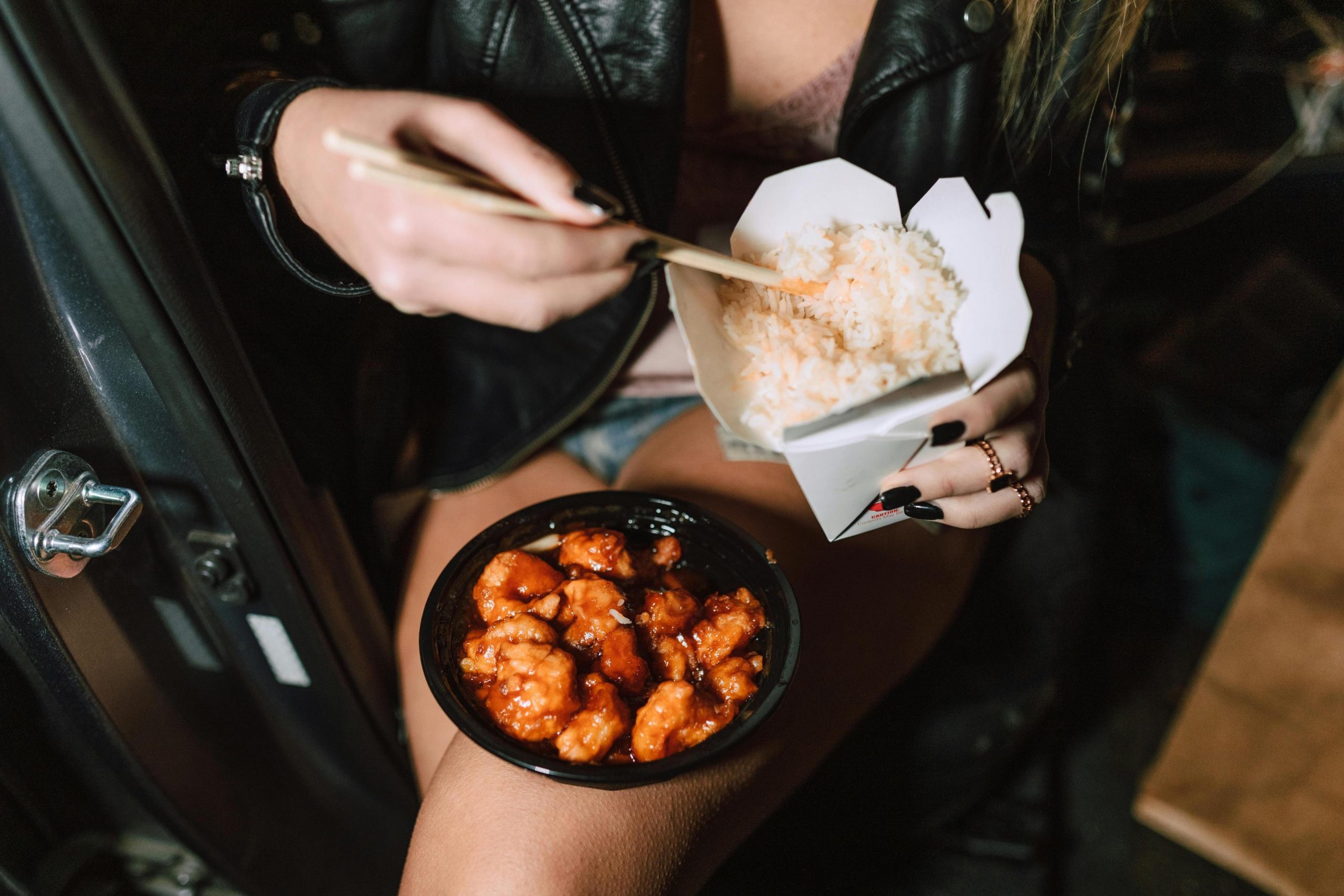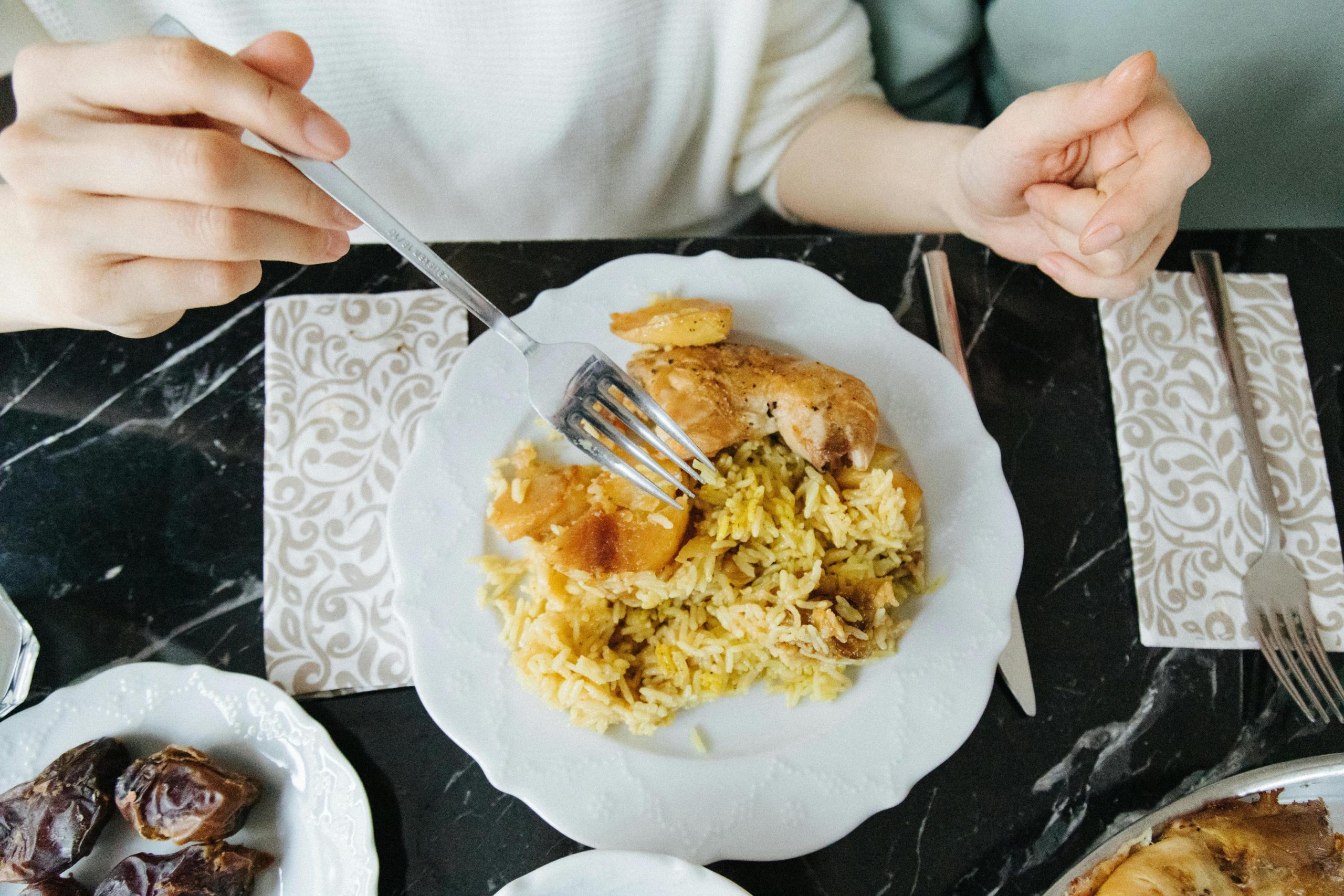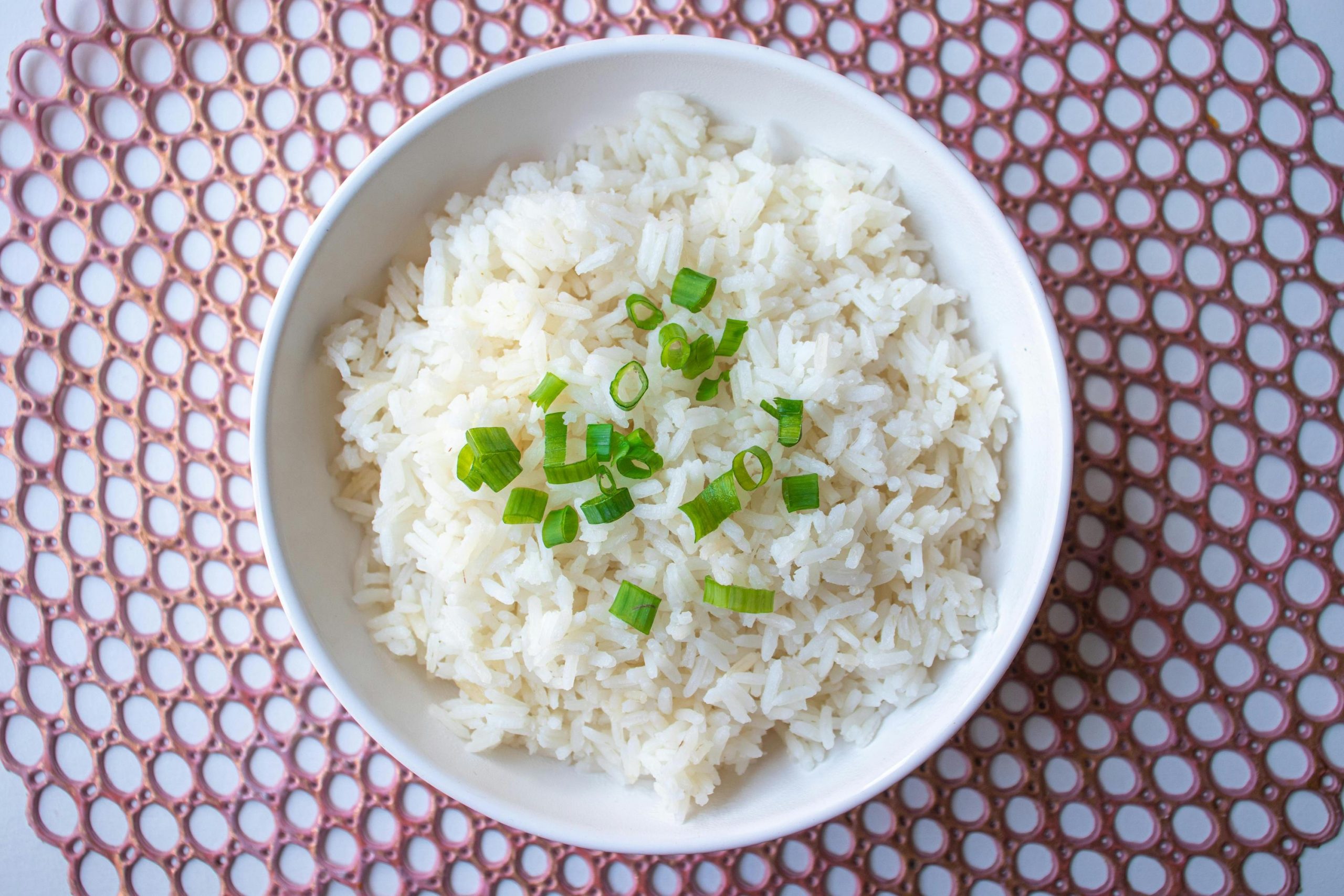

Rice is a staple food enjoyed around the world, but cooking it correctly is crucial. Eating undercooked rice might seem harmless—after all, it’s just rice—but it can carry hidden dangers. From digestive discomfort to bacterial contamination, consuming rice that hasn’t been fully cooked can lead to unpleasant and sometimes serious health issues.
In this article, you’ll learn why undercooked rice can be unsafe, how to tell if your rice isn’t done, and the safest ways to prepare and store it.
Why Undercooked Rice Can Be Risky
When rice is cooked properly, the heat destroys harmful bacteria and breaks down starches, making it easier to digest. However, if it’s undercooked, both bacteria and resistant starches can cause trouble.
1. Bacterial Contamination: Bacillus Cereus
One of the main dangers of undercooked rice comes from a bacterium called Bacillus cereus. This naturally occurring microorganism is found in soil and can contaminate rice grains before packaging.
Cooking rice to a high enough temperature usually kills these bacteria, but undercooked rice may allow them—or their heat-resistant spores—to survive. If those spores multiply, they can cause food poisoning.
Symptoms of Bacillus Cereus Food Poisoning:
- Nausea and vomiting
- Diarrhea
- Abdominal pain or cramps
- Weakness and fatigue
These symptoms often appear within 1 to 6 hours after eating and may last up to 24 hours. While most healthy adults recover quickly, children, older adults, and people with weakened immune systems are more vulnerable to dehydration or severe illness.
2. Indigestible Starch
Rice contains a type of carbohydrate known as resistant starch. When cooked properly, this starch becomes soft and easy to digest. In undercooked rice, however, resistant starch remains intact, which can cause digestive issues.
Common Digestive Symptoms Include:
- Bloating
- Gas
- Cramping
- Constipation or discomfort
Over time, regularly consuming improperly cooked rice can irritate your stomach and lead to ongoing digestive distress.
How to Tell If Rice Is Undercooked
Knowing when rice is undercooked can prevent foodborne illness and unpleasant textures. Even a few minutes of difference in cooking time can affect safety and taste.
Signs Your Rice Isn’t Fully Cooked:
- Hard or crunchy texture: Fully cooked rice should be tender, not firm or grainy.
- Opaque center: The grains should be evenly translucent. A white, chalky center means it needs more time.
- Clumping or dryness: Undercooked rice often sticks together or appears dry instead of fluffy.
- Low temperature: Rice should be steaming hot all the way through, not just on the surface.
If you notice any of these signs, don’t eat it yet—return the rice to heat and cook until it’s evenly tender.
What to Do If You’ve Eaten Undercooked Rice
If you’ve already eaten undercooked rice, don’t panic. In most cases, a small amount won’t cause serious harm, but you should monitor for symptoms.
Steps to Take:
- Stay hydrated: If you experience mild nausea or stomach upset, drink plenty of fluids to prevent dehydration.
- Avoid eating more rice: Give your stomach time to settle.
- Monitor symptoms: If vomiting or diarrhea develop within a few hours, you might have a mild foodborne reaction.
- Seek medical attention: If symptoms persist beyond 24 hours, worsen, or are accompanied by fever, consult a doctor.
People with compromised immune systems, pregnant women, or those caring for small children should be especially cautious, as their systems are more susceptible to bacterial infections.
How to Cook Rice Safely
Cooking rice safely is about more than achieving a soft texture—it’s about reaching temperatures that kill bacteria and make starch digestible.
Stovetop Method
- Rinse the rice: Wash it under cold water until the water runs clear. This removes extra starch and potential surface contaminants.
- Use the right ratio: Typically, one cup of rice needs two cups of water.
- Boil and simmer: Bring water to a boil, then reduce the heat to low and cover.
- Let it steam: Allow rice to cook for 15–20 minutes (depending on the type).
- Rest before serving: Turn off the heat and let the rice sit covered for 5–10 minutes to absorb any remaining moisture.
Rice Cooker or Instant Pot
Rice cookers automatically regulate heat, making it easier to achieve perfect texture. Follow the manufacturer’s instructions and avoid opening the lid too early, as this can release heat and interrupt cooking.
What Happens When Rice Isn’t Cooked Properly
When rice isn’t cooked to the right temperature (at least 165°F or 74°C), bacteria may not be fully destroyed. Even if it looks done, the center of the grains could still contain live spores. These spores can survive, multiply, and release toxins—especially if the rice is left at room temperature for too long.
Potential Risks Include:
- Foodborne illness from Bacillus cereus
- Digestive discomfort from resistant starch
- Spoilage or bacterial growth during storage
To avoid these issues, always make sure rice is cooked thoroughly and stored correctly afterward.
Safe Storage After Cooking
Even fully cooked rice can become dangerous if not stored correctly. Once rice cools down, bacteria can multiply quickly if it’s left out too long.
Safe Storage Guidelines:
- Cool quickly: Spread rice on a baking sheet to cool within an hour.
- Refrigerate promptly: Transfer rice to an airtight container and refrigerate within 1–2 hours.
- Use within 3–4 days: Discard leftovers after this period to prevent food poisoning.
- Reheat thoroughly: When reheating, make sure the rice is steaming hot all the way through (165°F / 74°C).
For those wondering can you eat cold rice, it’s safe only if the rice was properly cooked, cooled quickly, and stored in the refrigerator. Otherwise, bacteria may have already grown, even if the rice looks fine.
How to Fix Undercooked Rice
If your rice turns out underdone, you don’t have to throw it away. There are a few easy ways to fix it safely:
- Add More Water & Simmer:
- Add ¼ cup of water for each cup of rice.
- Cover tightly and simmer on low heat for 5–10 minutes.
- Check texture and repeat if necessary.
- Steam It:
- Transfer rice to a steamer basket or microwave-safe bowl.
- Add a damp paper towel on top and microwave for 1–2 minutes.
- Let it rest to absorb steam evenly.
- Turn It Into Another Dish:
If the rice still doesn’t reach the right consistency, repurpose it into:
- Fried rice (after fully cooking it through)
- Rice pudding
- Soups or stews, where it can continue cooking in liquid
How to Prevent Undercooked Rice in the Future
Cooking rice can take some trial and error, but with a few practical tips, you can avoid undercooked results every time.
Helpful Cooking Tips:
- Use consistent heat: Sudden temperature changes can interrupt cooking.
- Don’t lift the lid early: Steam is key to evenly cooked rice.
- Measure water accurately: Too little water leads to dryness and undercooking.
- Know your rice type: Different grains require specific cooking times (e.g., brown rice needs longer than white).
- Check for doneness: Taste a few grains before turning off the heat.
When to Throw Rice Away
If rice has been sitting out for more than two hours, even if it looks fine, it’s best to discard it. Bacteria multiply rapidly at room temperature and can produce toxins that remain harmful even after reheating.
Signs Rice Has Gone Bad:
- Sour or unusual smell
- Sticky or slimy texture
- Mold growth
- Discoloration (gray or yellow tint)
Never take chances with questionable rice—it’s not worth the risk of food poisoning.
The Bottom Line
Eating undercooked rice may seem like a minor mistake, but it can expose you to bacteria and digestive discomfort. The safest approach is to ensure your rice reaches the right temperature, is cooked evenly, and is stored correctly after cooling.
Properly prepared rice not only tastes better but also keeps you safe from foodborne illness. So next time you cook, give your rice a few extra minutes of steam—it’s a small step that makes a big difference to your health.

